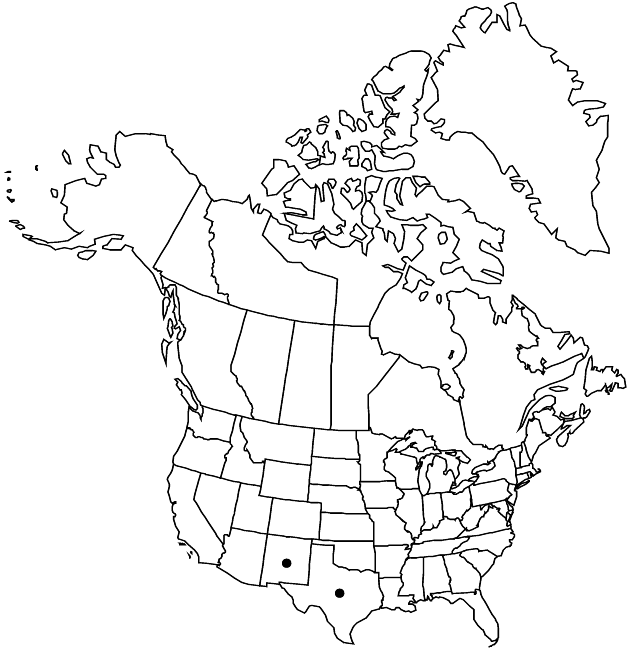Difference between revisions of "Helianthus neglectus"
Rhodora 60: 275, fig. 2. 1958.
FNA>Volume Importer |
imported>Volume Importer |
||
| (5 intermediate revisions by 2 users not shown) | |||
| Line 8: | Line 8: | ||
}} | }} | ||
|common_names=Neglected sunflower | |common_names=Neglected sunflower | ||
| + | |special_status={{Treatment/ID/Special_status | ||
| + | |code=E | ||
| + | |label=Endemic | ||
| + | }}{{Treatment/ID/Special_status | ||
| + | |code=C | ||
| + | |label=Conservation concern | ||
| + | }} | ||
|basionyms= | |basionyms= | ||
|synonyms= | |synonyms= | ||
| Line 33: | Line 40: | ||
-->{{#Taxon: | -->{{#Taxon: | ||
name=Helianthus neglectus | name=Helianthus neglectus | ||
| − | |||
|authority=Heiser | |authority=Heiser | ||
|rank=species | |rank=species | ||
| Line 47: | Line 53: | ||
|publication title=Rhodora | |publication title=Rhodora | ||
|publication year=1958 | |publication year=1958 | ||
| − | |special status= | + | |special status=Endemic;Conservation concern |
| − | |source xml=https:// | + | |source xml=https://bitbucket.org/aafc-mbb/fna-data-curation/src/2e0870ddd59836b60bcf96646a41e87ea5a5943a/coarse_grained_fna_xml/V19-20-21/V21_362.xml |
|tribe=Asteraceae tribe Heliantheae | |tribe=Asteraceae tribe Heliantheae | ||
|subtribe=Asteraceae (tribe Heliantheae) subtribe Helianthinae | |subtribe=Asteraceae (tribe Heliantheae) subtribe Helianthinae | ||
Latest revision as of 20:11, 5 November 2020
Annuals, 80–200 cm. Stems erect (leafy), ± hispid to glabrate. Leaves cauline; alternate; petioles 7–12 cm; blades deltate-ovate, 7–14 × 7.5–12.3 cm, bases usually ± cordate, sometimes truncate, margins subentire to serrulate, abaxial faces strigose, not gland-dotted. Heads 1–5. Peduncles 10–40 cm. Involucres ± hemispheric, (23–28 ×) 10–14 mm. Phyllaries 25–35, lanceolate, 14–25 × 2.3–4 mm (surpassing discs), apices long-attenuate, abaxial faces strigillose to hispid. Paleae 9–10 mm, 3-toothed (middle teeth ± ciliate or bearded, hairs whitish, 0.3–0.6 mm). Ray florets 21–31; laminae 29–39 mm. Disc florets 150+; corollas 6–6.5 mm, lobes reddish; anthers dark, appendages purplish (style branches reddish). Cypselae 4–5 mm, strigillose to glabrate; pappi of 2 aristate scales 2.8–3.2 mm. 2n = 34.
Phenology: Flowering summer–fall.
Habitat: Sandy soils, sand dunes
Elevation: 800–1100 m
Discussion
Of conservation concern.
Selected References
None.
